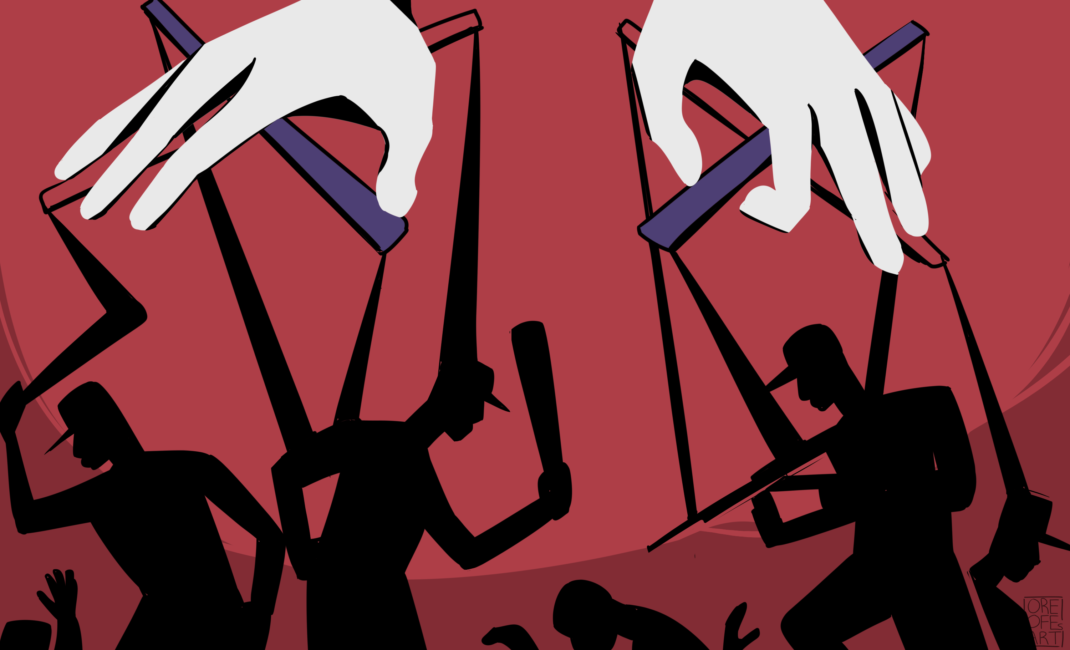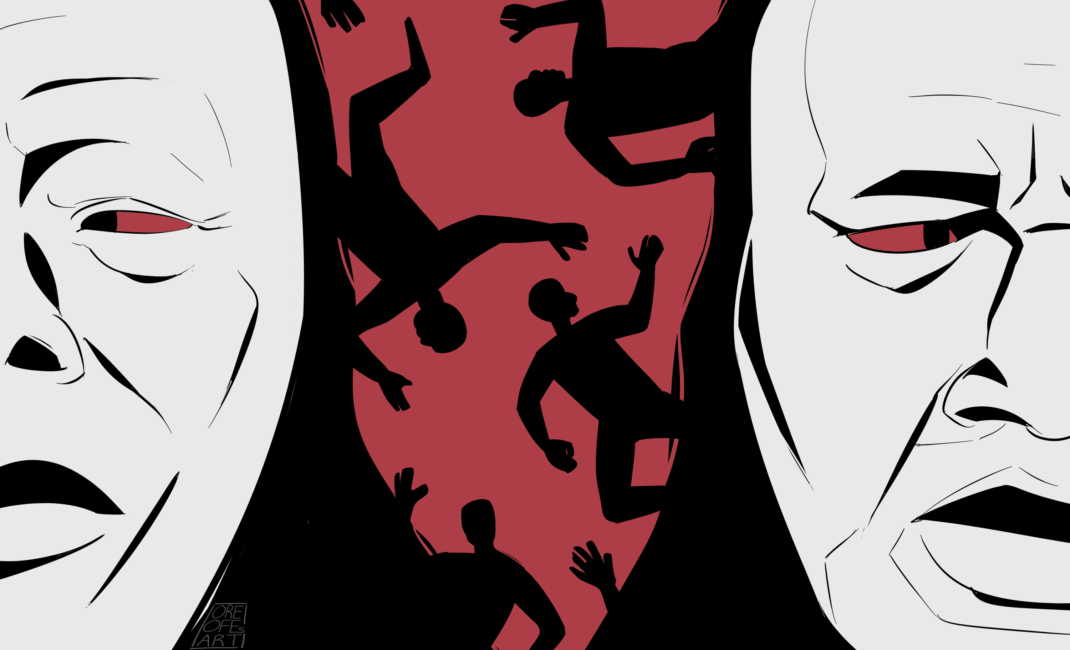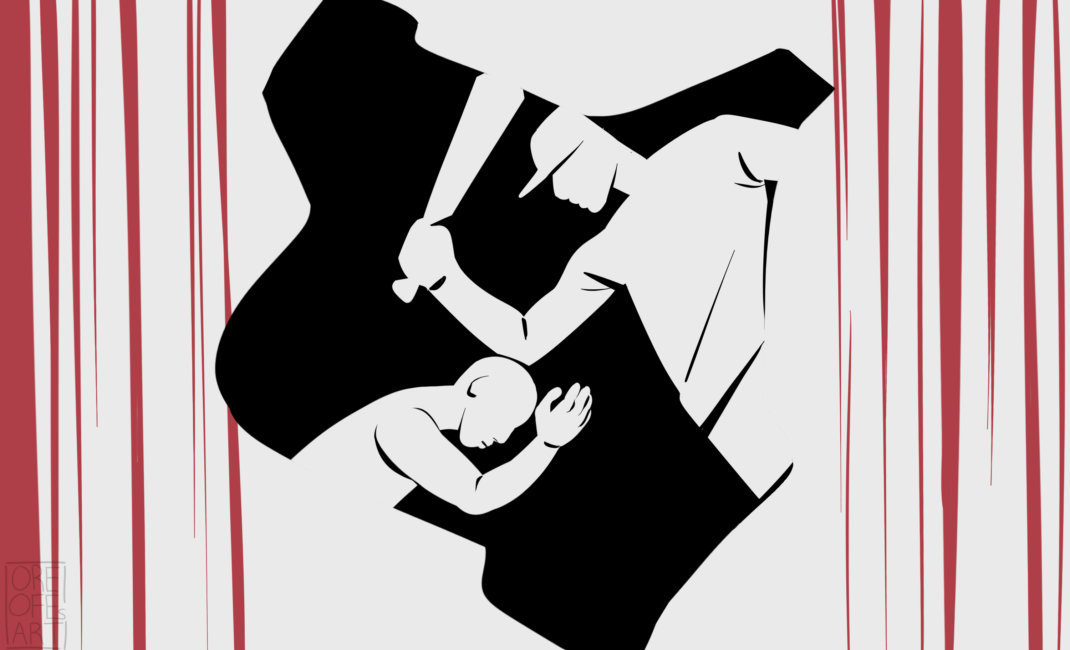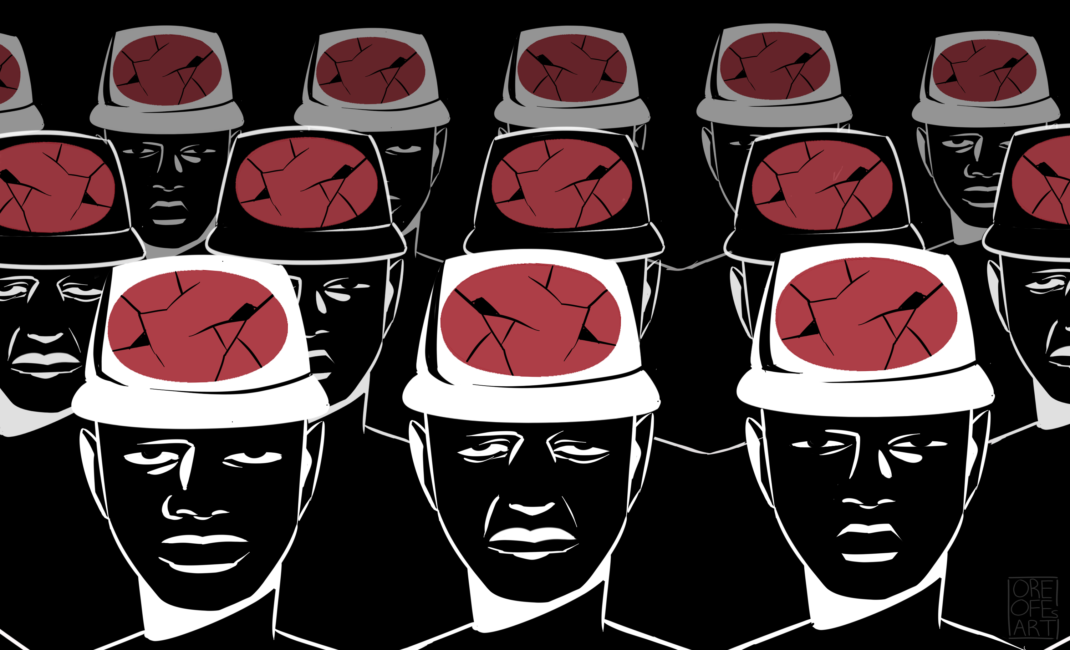This story about police brutality in Kenya and the impact of Covid curfews was highly commended in Lacuna’s 2020 Warwick Law School Writing Competition.
“Father! Hurry up! Yassin has been shot!”
“He can’t be gone!”
“Wake up, son! Wake up!”
It’s hard to imagine the terror that gripped the Moyo family when 13-year-old Yassin was killed by a stray bullet shot by a police officer.
On March 31 2020, four days after a 7pm-5am curfew was imposed in Kenya following the Covid outbreak, Yassin was standing on the third-floor balcony of his family home in Mathare, Nairobi, as police patrolled the streets below.
His parents give their heart-wrenching testimonies in the powerful report below by local journalist Elijah Kanyi, recalling the moment their child was shot in the stomach and calling for justice.
However, since Yassin’s death, more allegations of police brutality have emerged. According to Human Rights Watch, violence following the Covid curfew led to the deaths of six people, with hundreds more affected by shootings, beatings, and extortion of money.
Pleading not guilty, the officer who shot Yassin, Duncan Ndiema, was released on bail pending trial. Yassin’s death came days after hundreds of people in Mombasa were brutally assaulted by police with tear gas and unlawful beatings – more than two hours before the curfew took effect. Crowds of people were lining up to board a ferry back home from work when police (who were not wearing mandatory masks or protective gear) attacked.
Read more: Online Activism in Kenya: New Spaces, New Voices
Three other adults also lost their lives because of being beaten to death by the police days after the death of Yassin. However, the police defend their actions, claiming they are being provoked by erratic crowds. A police spokesperson claimed police officers accused of brutality were “probably young and drunk from the little power they have.
Police brutality in Kenya is nothing new. It can be traced back to the British colonial era, when the role of the police was to protect the interests of the administration, not to serve the general populace.

Successive post-independence leaders used the police to advance their own interests. Notably, independent Kenya’s first president, Jomo Kenyatta, used the force to silence dissenting voices, especially during the 1969 Kisumu Massacre when police fired into a crowd protesting the president’s visit, killing at least 11 people and injuring hundreds more.
Kenyatta’s successor, Daniel arap Moi, used the police as a tool for repression, assassination, detention, and torture of his political opponents (including celebrated Kenyan writer Ngugi wa Thiong’o. These torture chambers, located in Nairobi’s innocuous-looking Nyayo House, now open to the public.
We wanted to believe it would end there. But after the 2007 election, the police once again met protesters with excessive violence.
This tumultuous affair led to over 500,000 being displaced from their homes, and 1,200 people being killed (around 400 of these were shot dead).

Ten years later, history repeated itself. In August 2017, during the post-election violence, a similar case to Yassin’s commanded the attention of Kenya. A six-month-old baby girl, lovingly nicknamed Pendo – meaning “love” in Kiswahili – was brutally beaten on the head by a police officer as riot police were hunting suspected troublemakers.
Pendo’s father was repeatedly clubbed, and tear gassed before the police left, having failed to find what they were looking for. Pendo succumbed to her injuries a few days later. Her mother told Reuters: “She was the joy of my heart. Nothing can fill the hole…”
Now, in 2020, we stand at a crossroads again.

How did these systemic failures arise?
According to the Kenya Institute for Public Policy Research and Analysis (KIPPRA), the brutality exhibited by the police is a result of a multitude of factors. This includes the beginnings of the force under the British colonial rule whereby the police were trained to protect the interests of the administration rather than the general public, underwent poor recruitment policies, engaged in corruption, had low accountability for their actions, and when insufficient focus was placed on the mental health of police officers.

Has anything been done to improve this situation?
After the post-election violence of 2007, the Independent Policing Oversight Authority (IPOA) was set up in 2011, aiming to hold accountability in police misconduct cases. However, the IPOA has failed to achieve its aim as promised. Perhaps the biggest failure of the IPOA has been a failure to identify and apprehend the police officer that killed baby Pendo. According to Human Rights Watch, “IPOA has secured convictions of police officers for committing crimes in only two cases, despite having received more than 9,200 complaints…”.
What type of reforms can we still implement?
Firstly, more emphasis needs to be put on police training. This could include policing policy which could cover, among other things, how the police should interact with communities. No such policy exists. Furthermore, investigations need to be undertaken more seriously, and more individuals need to be held accountable. Lastly, we need to put more emphasis on the state of the mental health of officers as mental health is currently a taboo topic in Kenya, particularly within the male-dominated police force.

All images by Oreofe Morakinyo.
More stories from our 2020 writing competition:
- Teaching emergency English classes for refugee children in lockdown
- Fleeing Palestine – and what happened next
- MOVE: A Rohingya child dances for hope in the world’s largest refugee camp
Read more:
